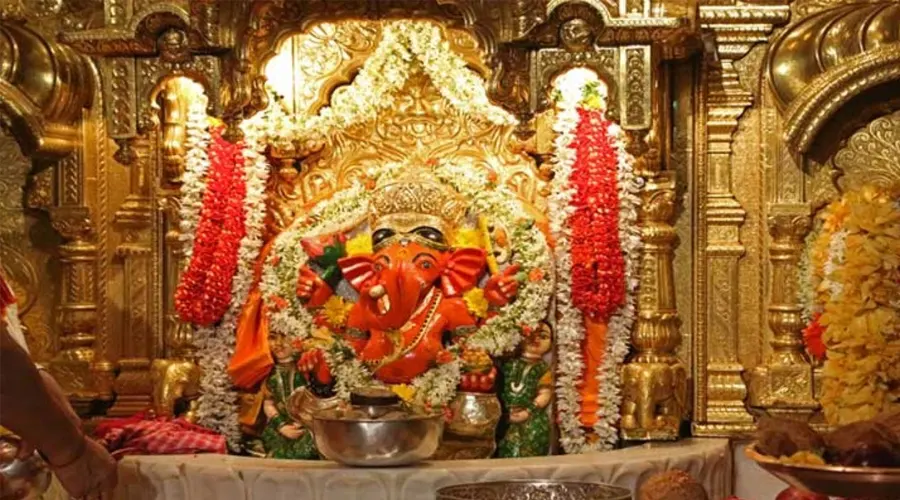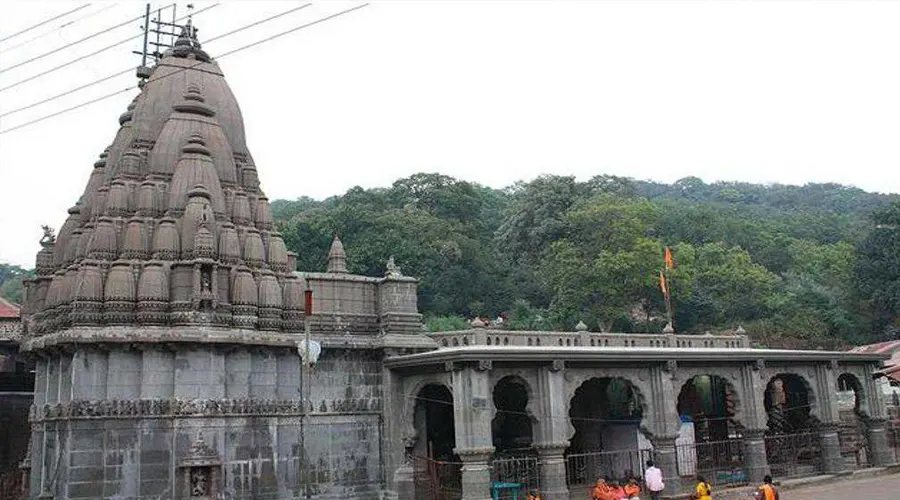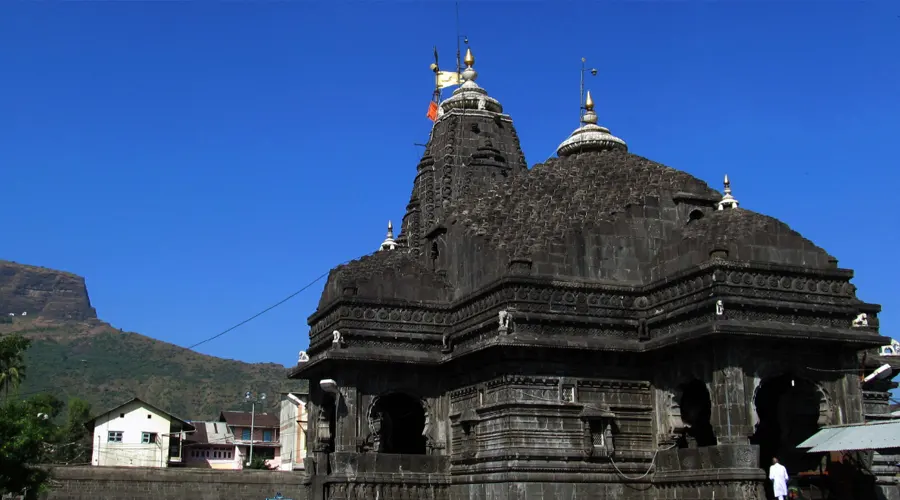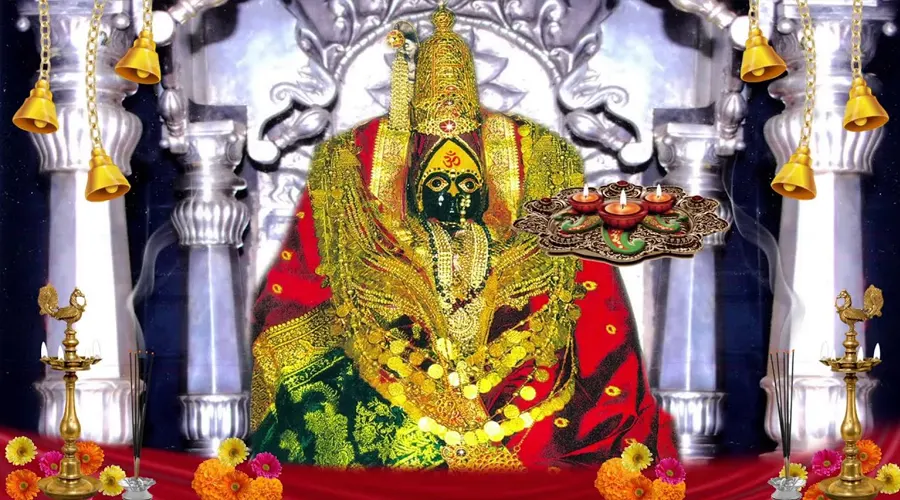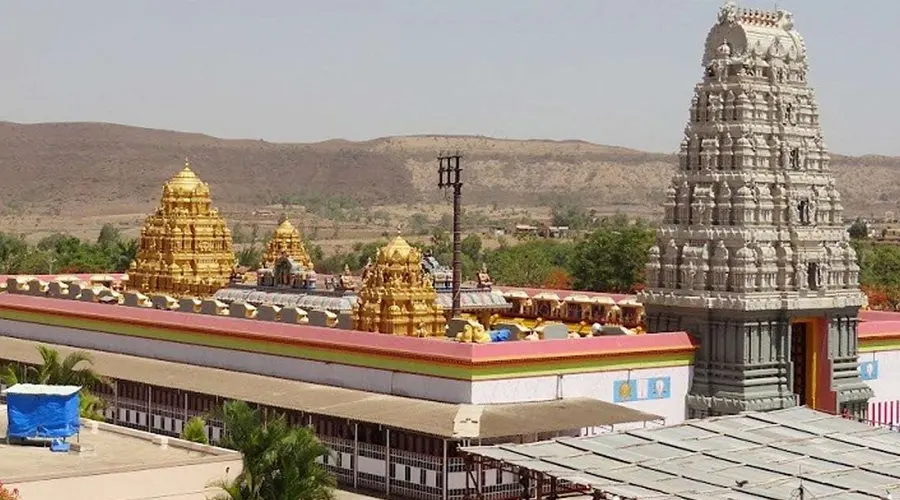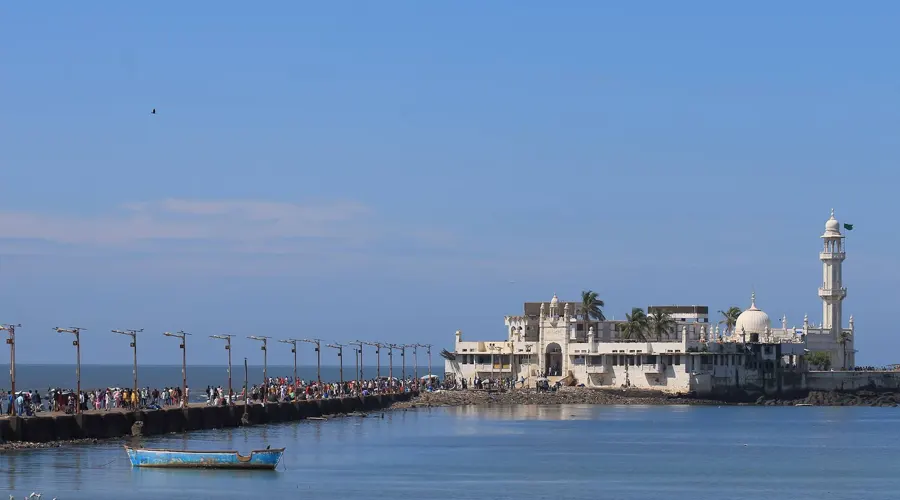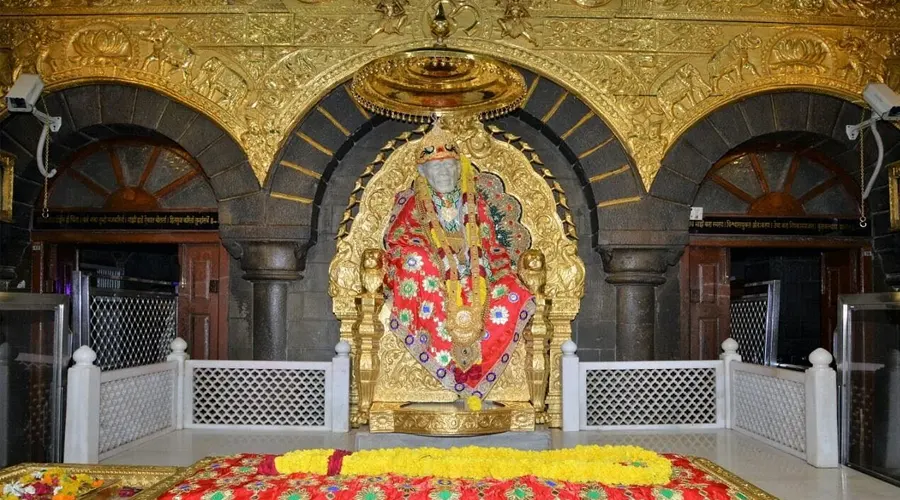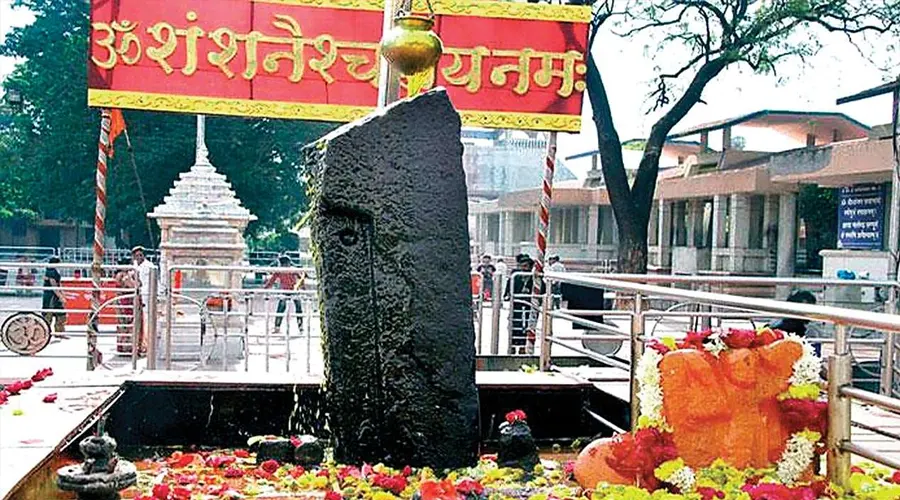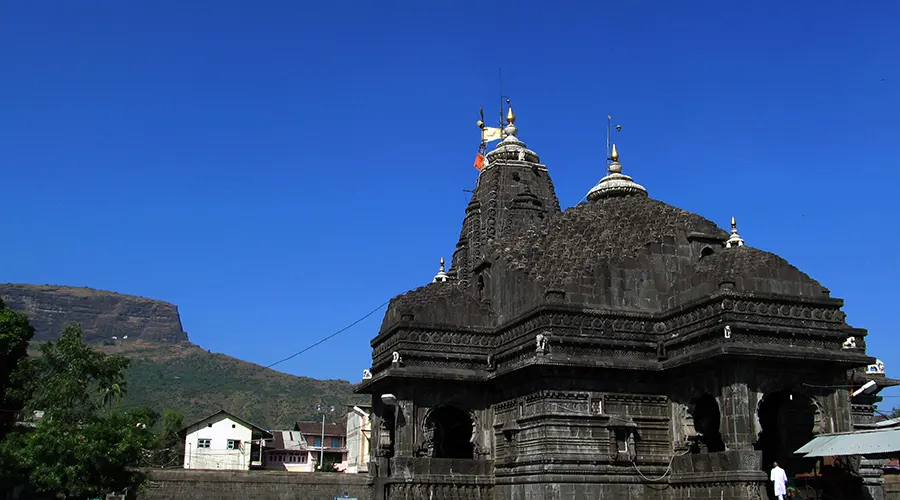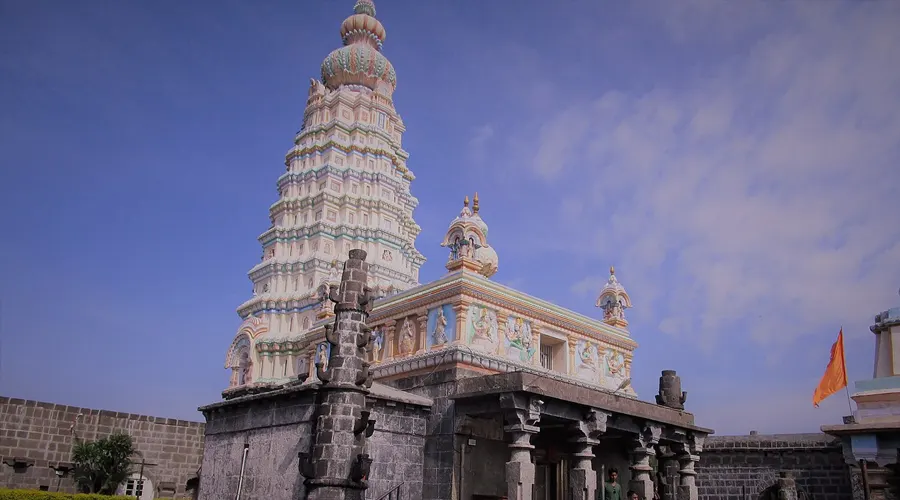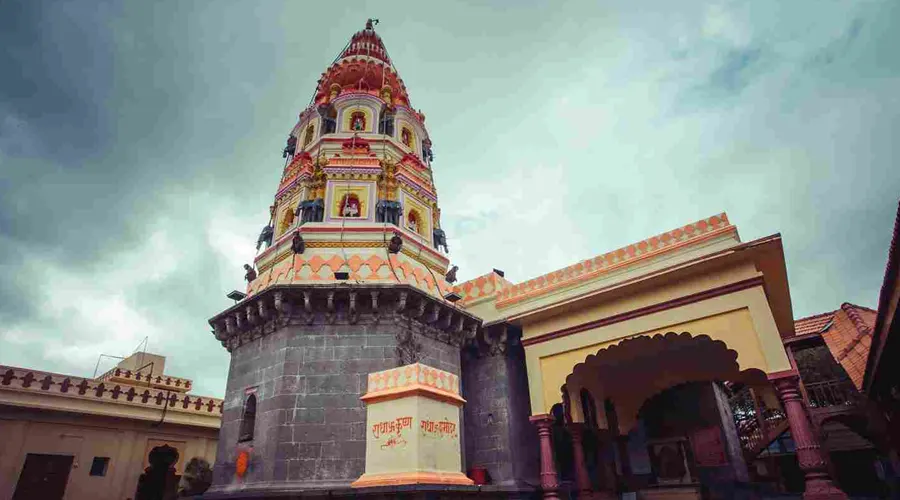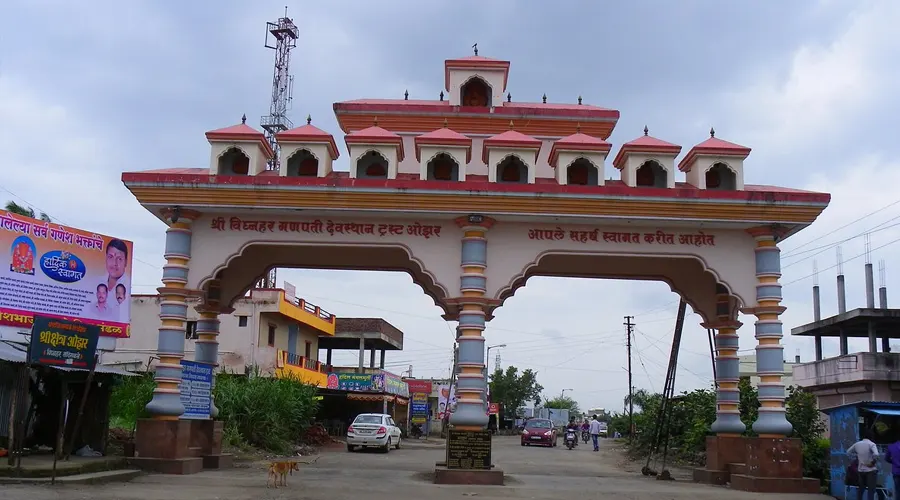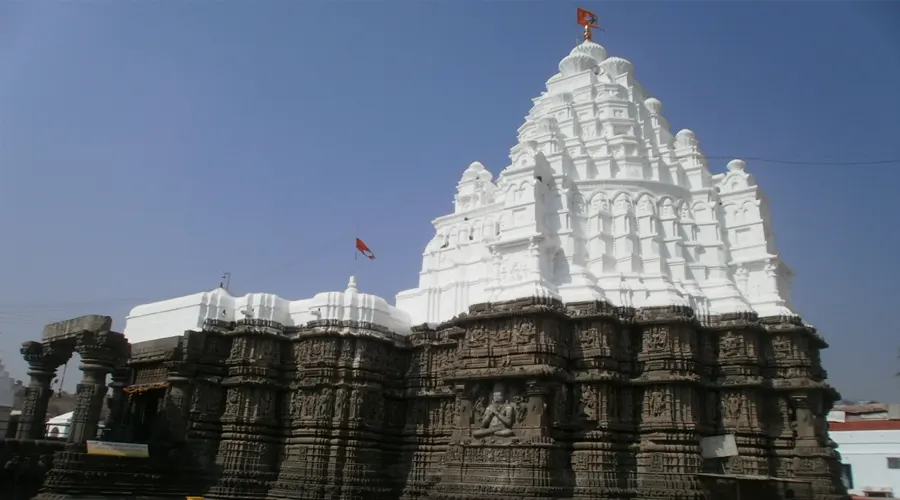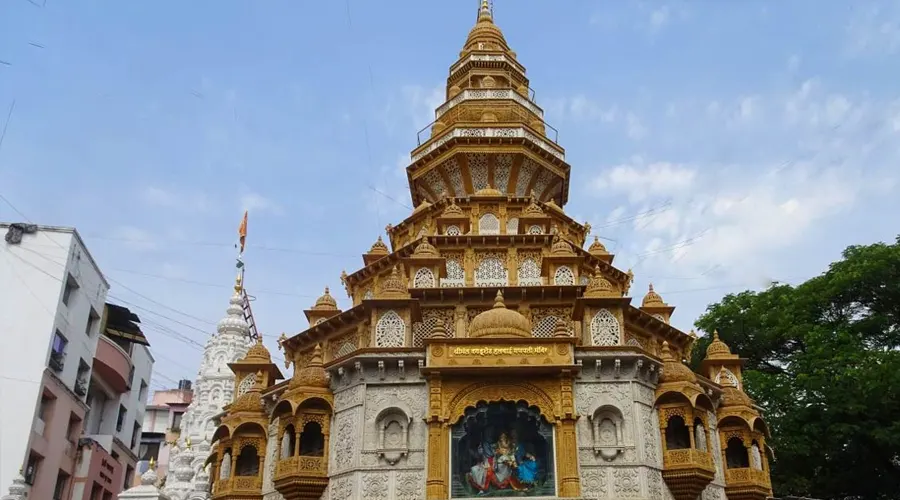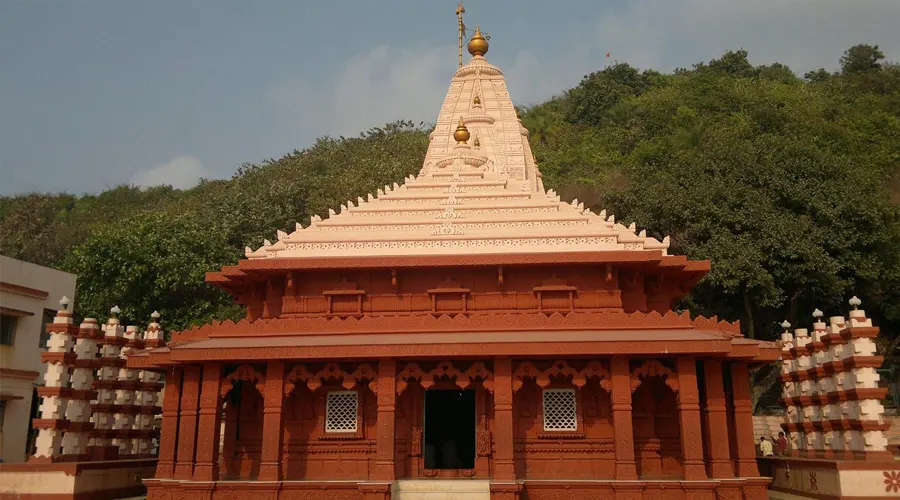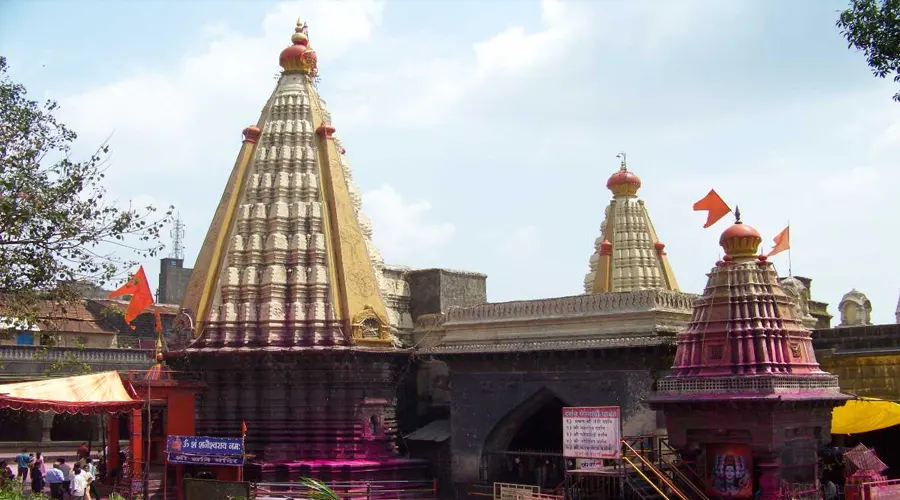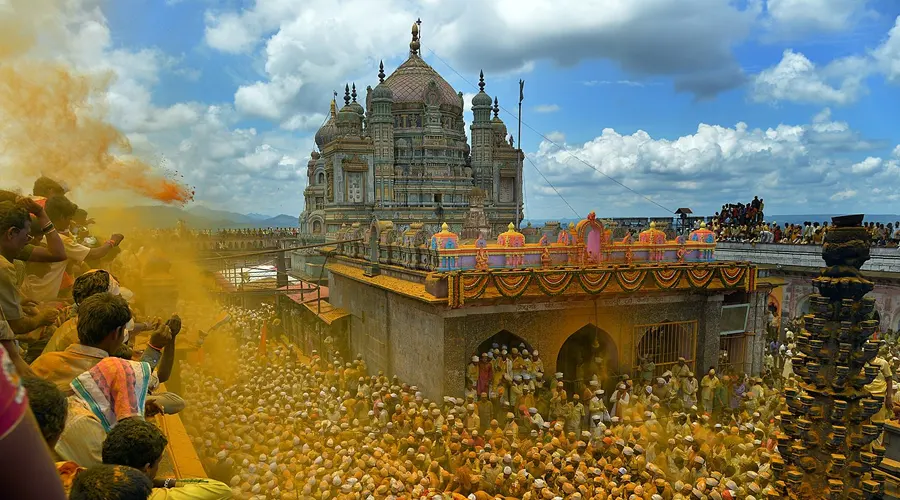Deekshabhoomi
Often referred to as the most peaceful place, Deeksha Bhoomi is likely to be on the top of your “places to visit in Nagpur” list. Relatively a new one - built in the year 2001, Deeksha Bhoomi is a monument with a huge whitewashed dome and is the largest stupa in Asia.
It was erected in the memory of Dr. Ambedkar and his event of embracing Buddhism; wherein with him, 60000 others had also converted to Buddhism. The bronze statue of Buddha here, along with the sacred tree has made Deeksha Bhoomi one of the famous tourist places in Nagpur.
History
Ambedkar had already declared in 1935 that although he was born as a Hindu he would not die as one. After this declaration, he extensively studied the doctrines of all the major religions to choose Buddhism for him and his followers.
He selected Nagpur for his conversion ceremony, as he explained in his speech on that occasion because Nagpur was the homeland of the Nag people who embraced Buddhism and supported it with great efforts in its early period. The ground near the Ramdaspeth area in Nagpur was selected for the ceremony. On October 14, 1956, Ambedkar and his wife Mrs. Savita Ambedkar took an oath of Three Jewels and Five Precepts from Mahasthavir Chandramani. Ambedkar then gave the oath of Three Jewels, five precepts, and 22 Vows to his thousands of followers.
Ambedkar died on December 6, 1956, just one and a half months after this ceremony. After his death, Dr. Ambedkar Smarak Samiti was organized for the management of Deekshabhoomi. The committee decided to build a Stupa at the place as a monument of that ceremony and a mass conversion of people to Buddhism.
Architecture
The design of the stupa at Deekshabhoomi is based upon the architecture of the world-famous stupa of Sanchi. But unlike the stupa of Sanchi, Deekshabhoomi's stupa is completely hollow from the inside. It is the largest hollow stupa among all Buddhist stupas in the world. On the ground floor, there is a 211 x 211 feet large square hall. At the center of this hall, an idol of Buddha is placed. This idol was donated to Deekshabhoomi by Thai students learning at the University of Nagpur. There is also a library and a photo exhibition of the events in the lives of Gautama Buddha and Dr. Ambedkar.
Above the hall, there is a hollow dome. This dome is surrounded by a veranda. In all four directions of the dome, fountains are there. Above the dome, there is a small slab and a little decorative umbrella. A high-quality marble from Dholpur, Rajasthan is used for the flooring of the stupa. The stupa has doors in four directions. The doors open in large arcs, which are decorated with Ashok Chakras, and statues of horses, elephants, and lions, which give an ancient look.
Around the stupa, there is a garden that is maintained by Nagpur Improvement Trust. Statues of Dr. Ambedkar and idols of Gautama Buddha are situated in front of the stupa.


